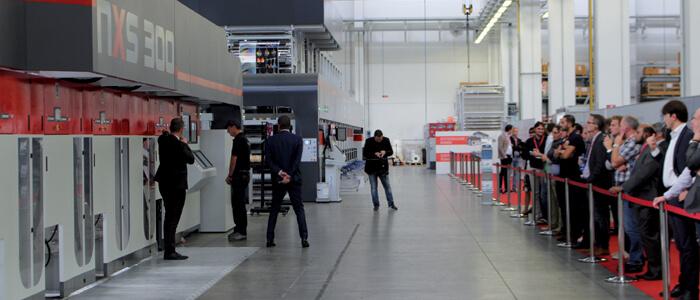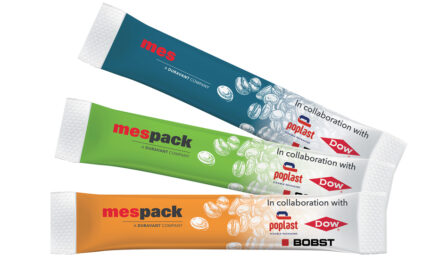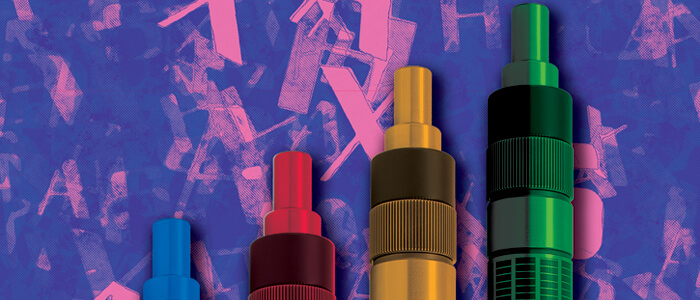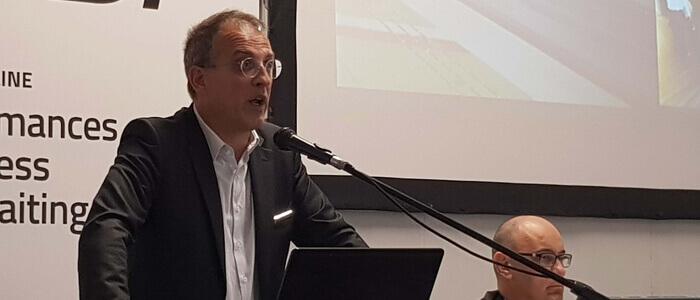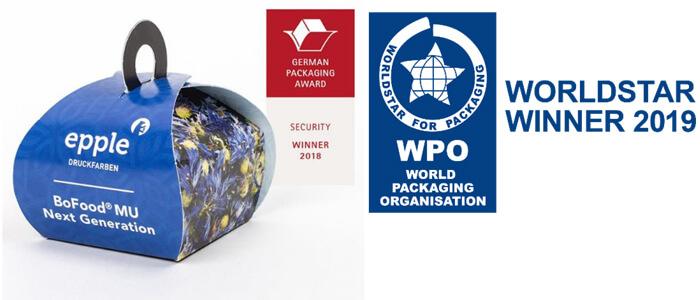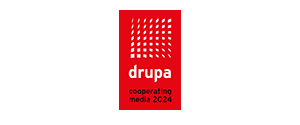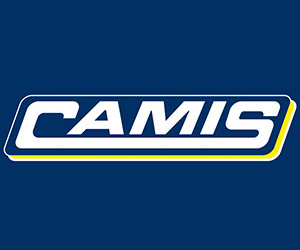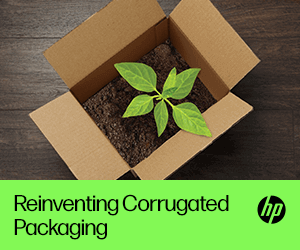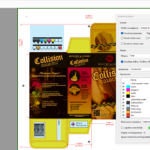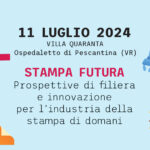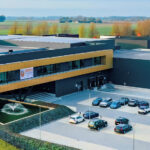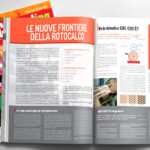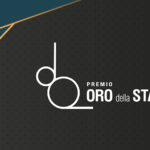A high concentration of technology and performance packed into just 3 x 4 meters; a narrow format that reaches 1000 mm to expand the range of possible uses; a price that is affordable even to the small user. This is the gravure press for short runs presented by Uteco in a global preview in September.
After dedicating years of resources and design expertise to flexography, Uteco in recent years has resumed investments in the rotogravure technology that was once its mainstay (the concern made its first gravure press in the 1990s), laying out an ambitious program for technological excellence and international leadership. On 28 and 29 September, concurrently with Labelexpo, the firm invited its international customers to its ConverDrome R&D and demo center to present its latest creation. The spotlight shined on the NXS 300 (Next Extra Small) – small in terms of its narrow web (as much as 1000 mm), its size (3 x 4 m) and the runs it is designed for (short) – along with Uteco’s technology partners (notably Flint and Basf) and Alessandro Bicego, the firm’s Chief Product Manager and Rotogravure Business Unit Manager, who presents the new machine here.
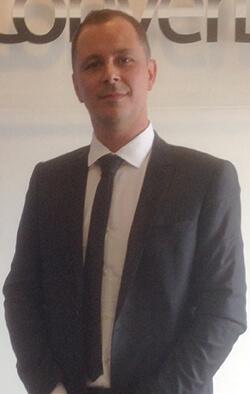
Alessandro Bicego, Chief Product Manager e Rotogravure Business Unit Manager di Uteco
The new NXS arrives in the wake of the flagship Next 450 and the more agile 350. Why the return to gravure technology? What led you to relaunch with this new model?
The decision to once again look to this technology for solutions arose out of customer requests, many of whom flexo printers that were seeking to break into new markets beyond the reach of the technology then at their disposal. We conducted a careful analysis to identify key issues among these requests, and the common denominator that emerged was that all these users desired a reduction in energy consumption by drying systems (which can represent up to 70% of total consumption) and greater automation to reduce discarded prints and ensure easy repeatability. In order to create the Next gravure product range, we started there. We began the work in 2013, and in 2015 we built the 450. The 350 followed shortly after. The two systems differ mainly in terms of print speed and therefore target printers with differing productivity requirements.
And now the range is being expanded further with this smallest model.
Exactly. Called NXS 300, (NXS stands for Next Extra Small), this machine has represented a considerable challenge that we believe we have overcome admirably. Our goal was to make a gravure press for short runs that makes it possible for printers to achieve the spot required by a particular brand owner while also containing costs. NXS responds to these needs with compact dimensions – and we’re talking a height of just 3 meters and a width of just 4 – that are just packed with innovative tech. The drying ovens are equipped with floating nozzles that reheat the support on both sides and guarantee conspicuous energy savings. Then there is the reduction of noise and offensive smells: the machine is completely sealed for quiet running and to prevent the issue of vapors, which are instead directed from the residue tank to the drying system. What’s more, like other Next machines, NXS is designed to operate not only with the solvent-based inks currently in use, but also with new water-based inks that we are developing in collaboration with our partners.
The web width is not standard either.
True. The print repeat is greater than the typical 600 x 800 mm, enabling NXS to reach the 1000 mm format that is so common in Asian and South American markets – as wells as in Europe where the 1000 mm print repeat is the most common after the 1300 mm – allowing the user a flexibility that was once unthinkable, and all this at a speed of 300 m/min.
During the demo, we observed the important role of accessory equipment used during format changeover. What is it?
One of the most unique and remarkable innovations of this project. The Dual Trolley enables changing the inking system or engraved cylinder or both, for complete color change in a single step, or only one of the two elements. The trolley can also be used to transport the cylinders from pallet to machine and vice-versa, thereby minimizing time spent away from the machine. With the Dual Trolley, complete color change on all ten stations of the machine requires a machine stop of no more than 15 minutes. Results like these demonstrate the importance of so-called “accessory equipment”.
You got various partners involved in the Next project…
Printing is a complex process in which all elements play a decisive role, and Uteco partners with diverse companies in order to test its machines with different types of products and technologies. We have been working with producers of inks, substrates, electronic components, treatment devices and drying systems… We value these partnerships, because the knowhow that emerges from such exchanges enables us to enhance the print results and better respond to customer demands. In such a fashion, we can also continuously improve our consulting service, which represents a cornerstone of the Uteco offer.
How is the market responding?
Since the launch of the first Next press in mid- 2015, we have closed some twenty sales worldwide, including one double purchase. Two orders of the new NXS have already been confirmed, one of which went to the company Lusa of Massa Lombarda. Beyond the numbers, the level of satisfaction has been very high, and this is the most heartening thing for us, by showing us that we have chosen the right path. Another confirmation came from the open house during which the NXS 300 was launched, which was attended by representatives of some of the world’s leading packaging converters.

